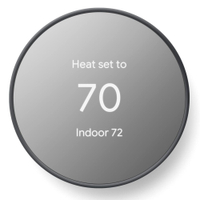Energy experts predict when you can turn off your heating
To help you save energy and money in the warmer months, our experts explain when to turn off your heating according to the region you live in
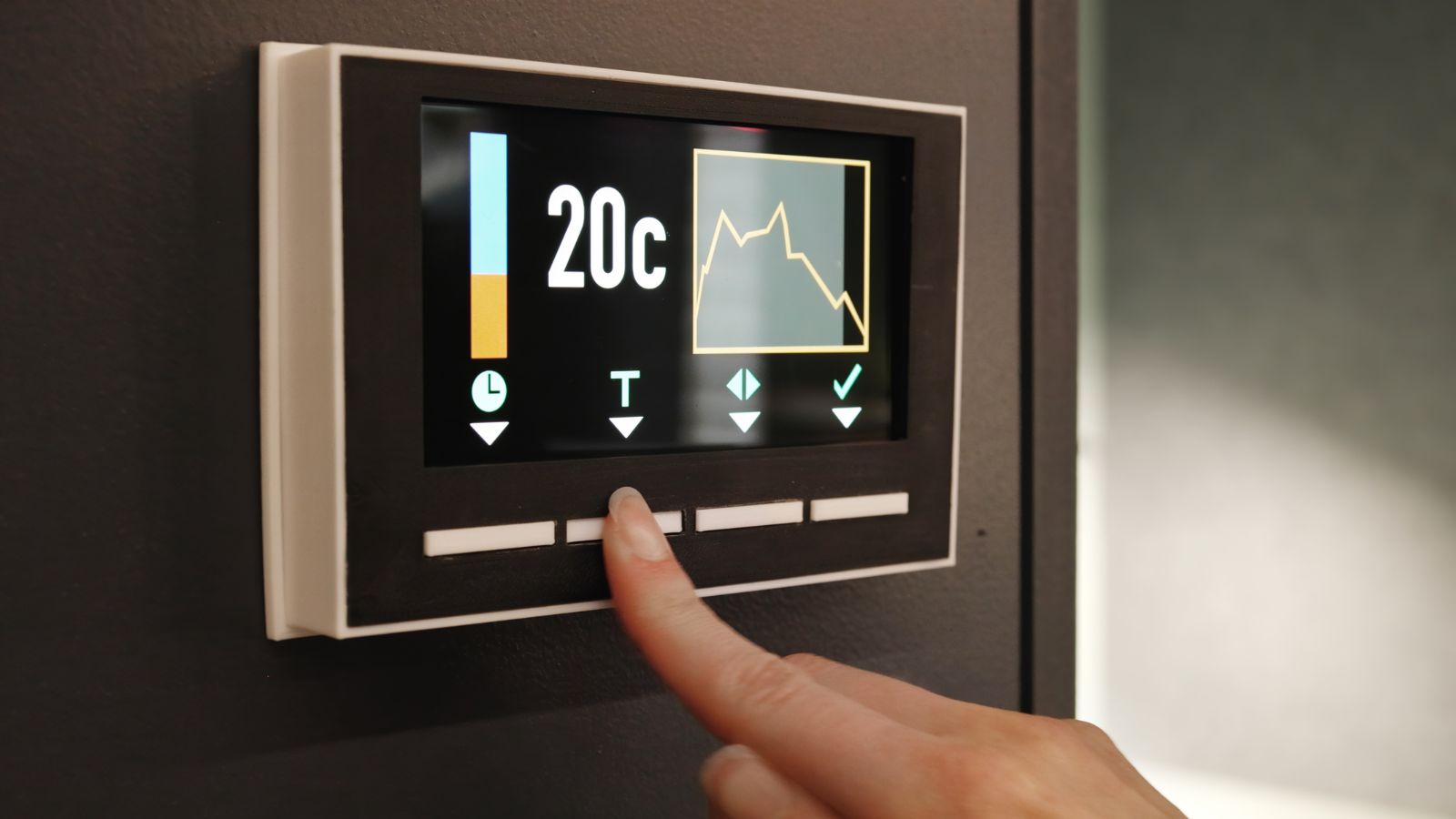

As the chill of winter gradually gives way to the warmth of spring and the beginning of summer months, there comes a time when our heating is no longer necessary. Knowing when to turn off your heating can help you cut energy bills. So, we asked the experts to weigh in with their thoughts on when this might be.
Across the diverse range of temperatures in the United States, pinpointing the best time to turn off your home heating types isn't a one-size-fits-all answer. It will depend on various factors, from geographical location to climate patterns, elevation, home insulation, and personal comfort.
However, our energy experts have provided their recommendations for the ideal times to turn off your heating, helping you make the best decision in the transition from winter to spring.
Energy experts reveal when you can turn off your heating
It's crucial to keep an eye on local weather forecasts and temperatures to determine the best week to transition away from heating. 'A practical approach is to wait until the outside temperature is consistently between 55 and 60 degrees Fahrenheit. In this range, indoor spaces retain heat better, which reduces the need for constant heating,' says Thais Costa at New Era Plumbing & HVAC.
Here's a breakdown of ideal times to stop using heating systems in different regions:
The West

'The ideal time to stop heating can vary widely in the West's diverse climates, which can range from cool coastal areas to hotter inland regions,' says Josh Mitchell, HVAC Technician and Founder of Air Conditioner Lab.
'Generally, lower elevation areas with milder climates, such as coastal areas and valleys, might see a transition in late March to early April. While inland areas, especially those at higher elevations, where winter chills tend to linger might wait until late April.'

Josh Mitchell is, a plumbing expert and HVAC technician and the owner of Air Conditioner Lab and Plumbing Lab.
Midwest
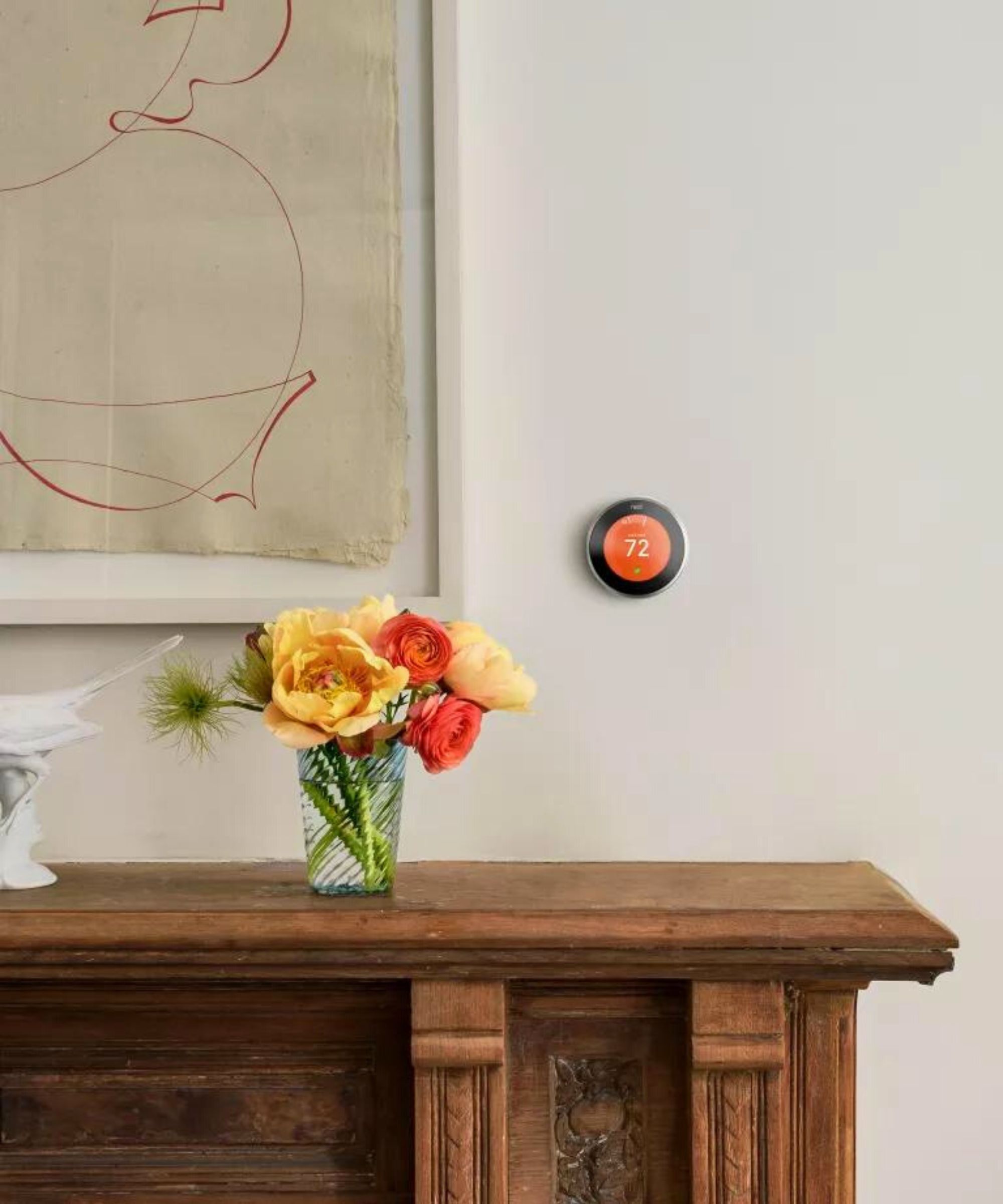
'The Midwest experiences cold winters, and spring temperatures can be unpredictable,' explains Josh Mitchell. 'In general, as the weather starts to stabilize and warm up, homeowners might consider turning off their heating systems by mid-to-late April.
'However, in some areas of the Midwest, particularly those with higher elevations, households can continue to utilize heating systems even until mid-to-late May.'
Google Nest Thermostat | Was $129.99, now $113.99 at Amazon
Using a Google Nest or any smart thermostat can be beneficial for determining the best time to stop using heating systems for a few reasons. They optimize energy usage to help you transition between the seasons.
Southwest

'Given the warmer climate, especially in desert areas, heating might cease earlier in the year,' recommends Josh Mitchell. 'Depending on the year's specific weather patterns, residents can often safely turn off their heating systems as early as late February to early March.'
Southeast

'The Southeast enjoys a milder winter than the northern regions. Homeowners here might find the beginning of March a comfortable time to stop using their heating systems as temperatures begin to warm consistently,' says Josh Mitchell. 'However, in areas with milder climates and lower elevations, households may start reducing heating even easier, potentially in late February.'
Northwest
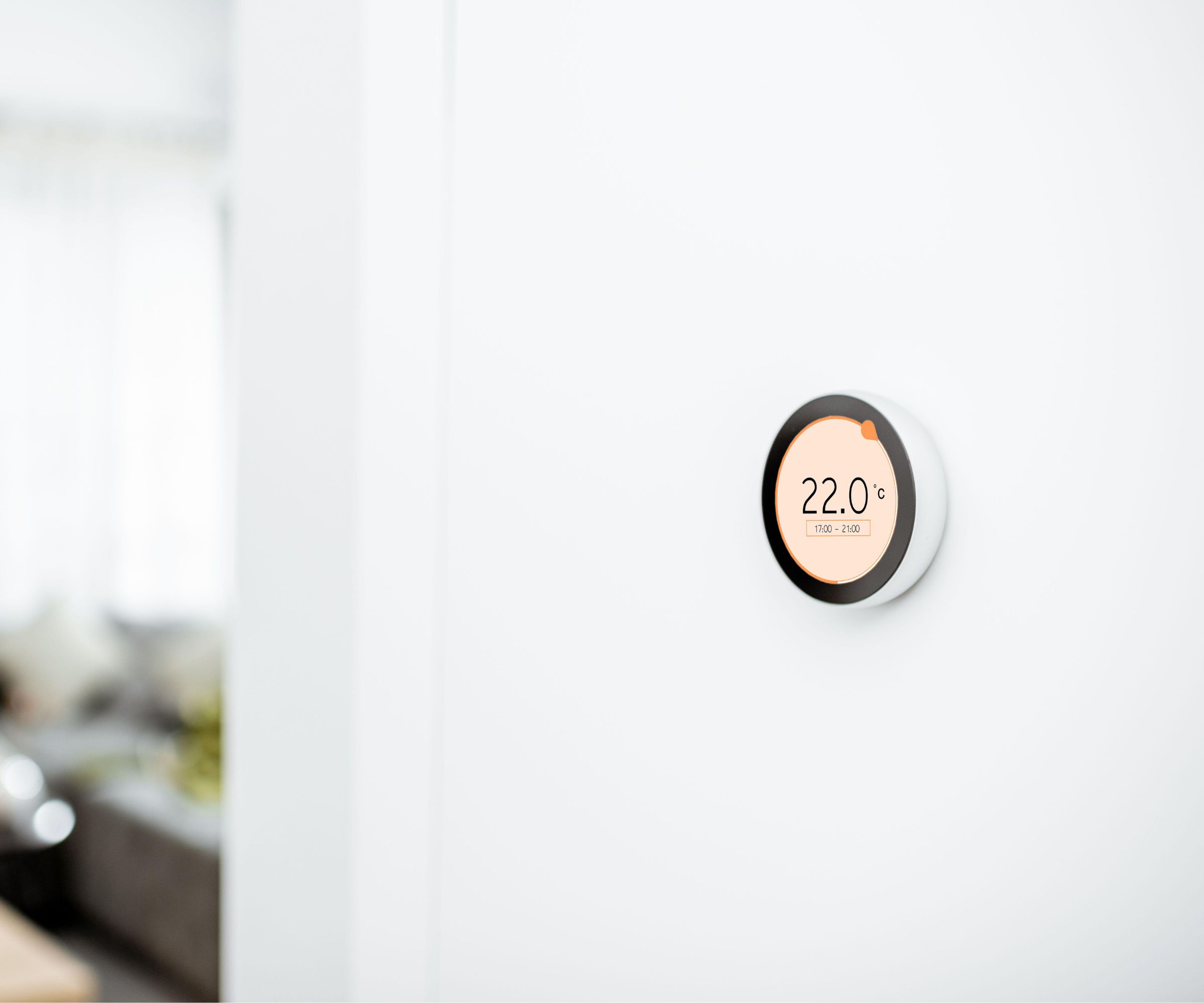
Finally, Josh Mitchell explains: 'This region, known for its wet and cooler climate, especially in coastal areas, might require heating until late April or early May. The inland areas might transition sooner, depending on the altitude and specific local climate conditions.'
'Bear in mind that deciding to call off the heating doesn't mean you need to turn off your furnace completely, especially since the furnace fan can be used to circulate cool air during the warmer months,' says Thais Costa. 'This can be one of the most common thermostat mistakes. Instead, set the thermostat to a lower temperature to prevent the furnace from turning on and off cycles, saving energy while keeping the room comfortable.'
Sign up to the Homes & Gardens newsletter
Design expertise in your inbox – from inspiring decorating ideas and beautiful celebrity homes to practical gardening advice and shopping round-ups.

Lola Houlton is a news writer for Homes & Gardens. She has been writing content for Future PLC for the past six years, in particular Homes & Gardens, Real Homes and GardeningEtc. She writes on a broad range of subjects, including practical household advice, recipe articles, and product reviews, working closely with experts in their fields to cover everything from heating to home organization through to house plants. Lola is a graduate, who completed her degree in Psychology at the University of Sussex. She has also spent some time working at the BBC.
-
 7 of the best tomatoes for growing in pots - expert growers pick their top varieties ideal for large harvests from containers
7 of the best tomatoes for growing in pots - expert growers pick their top varieties ideal for large harvests from containersYou can enjoy bumper homegrown harvests in small spaces
By Drew Swainston Published
-
 Drew Barrymore creates a 'balanced' kitchen in 4 easy steps – her rules will make your small, compact countertops feel beautiful
Drew Barrymore creates a 'balanced' kitchen in 4 easy steps – her rules will make your small, compact countertops feel beautifulDrew proves that with the right styling (and chic appliances), you can make even the smallest of kitchens look harmonious
By Hannah Ziegler Published
-
 Why does my house feel damp? Experts reveal the 7 common reasons, risks and fixes to apply right now
Why does my house feel damp? Experts reveal the 7 common reasons, risks and fixes to apply right nowIf your house smells musty, there might be underlying damp to sort out
By Sophie Warren-Smith Published
-
 Do you have condensation on the outside of your windows? This simple rule of thumb determines if it's normal, or a sinister warning sign
Do you have condensation on the outside of your windows? This simple rule of thumb determines if it's normal, or a sinister warning signHVAC pros share expert insight
By Ciéra Cree Published
-
 HVAC pros reveal 2 'Goldilocks' ranges for the ideal room temperature in bitter winter – it differs from day to night, and room to room
HVAC pros reveal 2 'Goldilocks' ranges for the ideal room temperature in bitter winter – it differs from day to night, and room to roomKeeping rooms at the right temperature is vital for comfort and efficiency
By Ciéra Cree Published
-
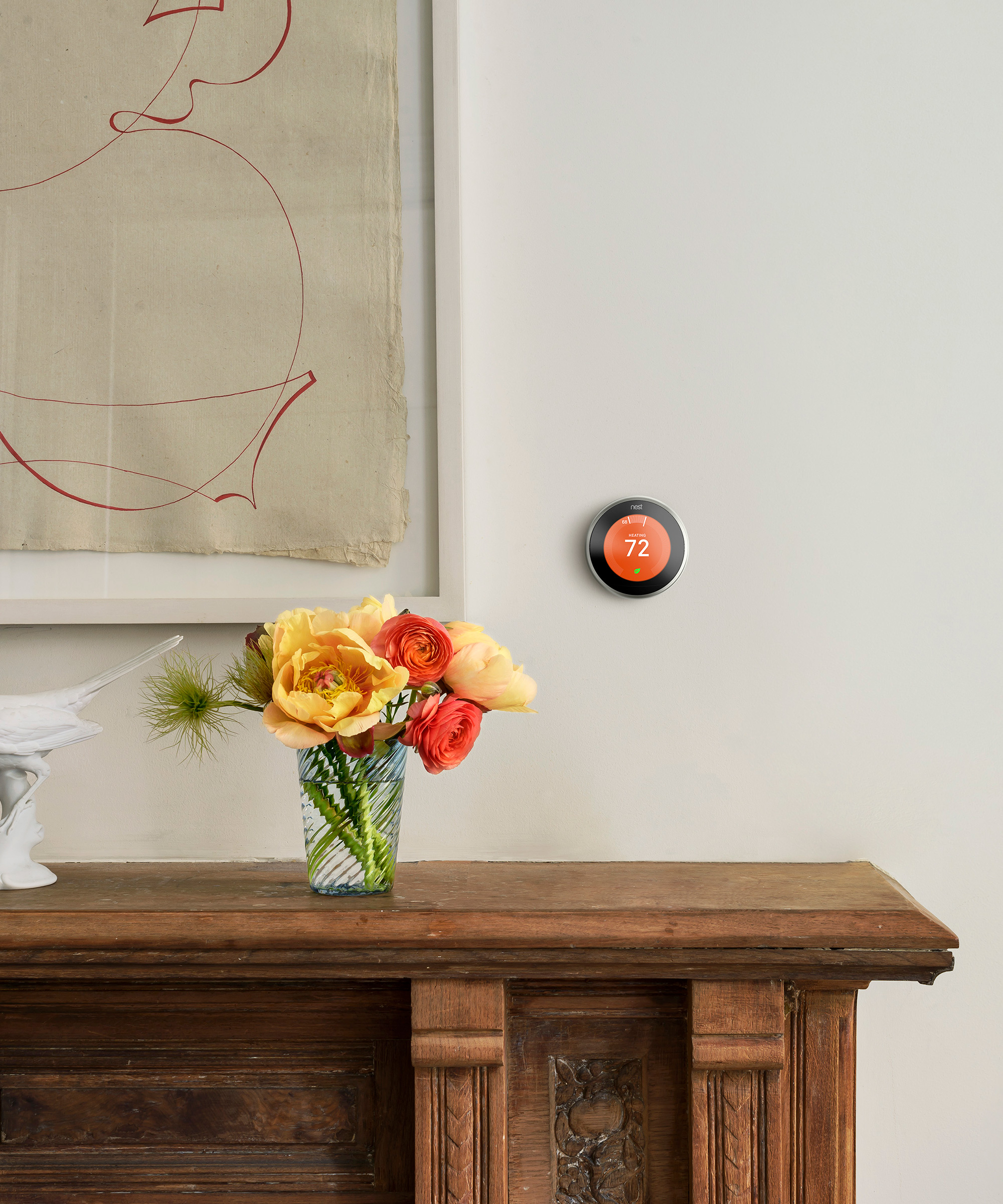 HVAC pros say this is the most efficient heating schedule to keep you warm at home all day – and why automating it is the best move
HVAC pros say this is the most efficient heating schedule to keep you warm at home all day – and why automating it is the best moveThere’s no one-size-fits-all – here’s how to tailor heating to your home
By Chiana Dickson Published
-
 How dust and dirt increases your energy bills – plus 5 ways HVAC pros deal with it to cut costs
How dust and dirt increases your energy bills – plus 5 ways HVAC pros deal with it to cut costsThese cleaning tips could save you hundreds
By Chiana Dickson Published
-
 Is your house heating unevenly? HVAC pros reveal 5 common reasons, plus their top tricks for consistent heating throughout your home
Is your house heating unevenly? HVAC pros reveal 5 common reasons, plus their top tricks for consistent heating throughout your homeEliminate hot and cold spots with these fixes
By Chiana Dickson Published
-
 What is a zoned heating HVAC system? We get the lowdown from the pros
What is a zoned heating HVAC system? We get the lowdown from the prosThis expensive addition could actually save you money
By Sophie Warren-Smith Published
-
 I spent years trying to combat window condensation – then a simple dish-soap trick turned out to be the key all along
I spent years trying to combat window condensation – then a simple dish-soap trick turned out to be the key all alongThe dish soap condensation hack takes five minutes to do, is oh-so effective, and cleaning pros love it
By Eve Smallman Published
